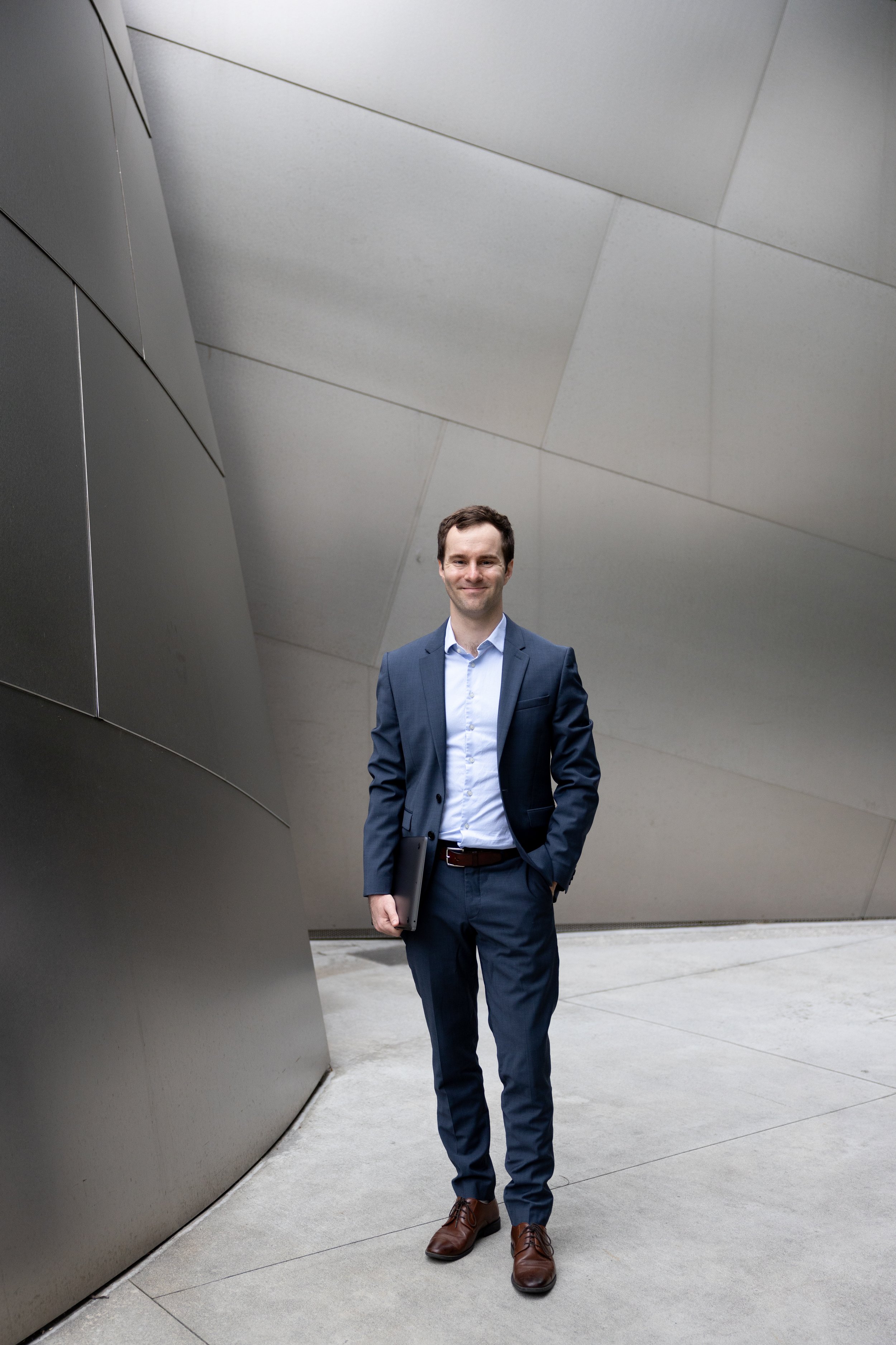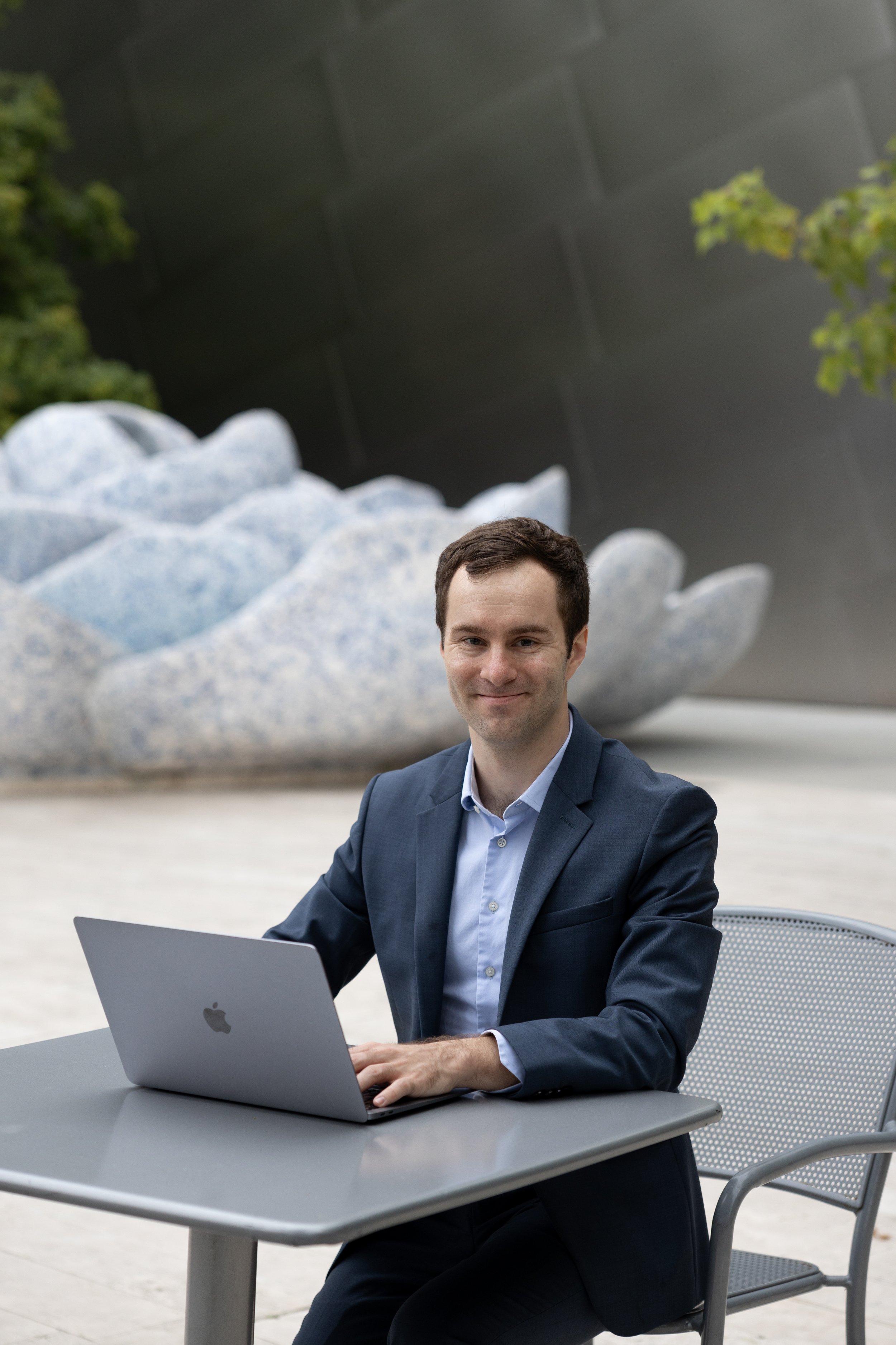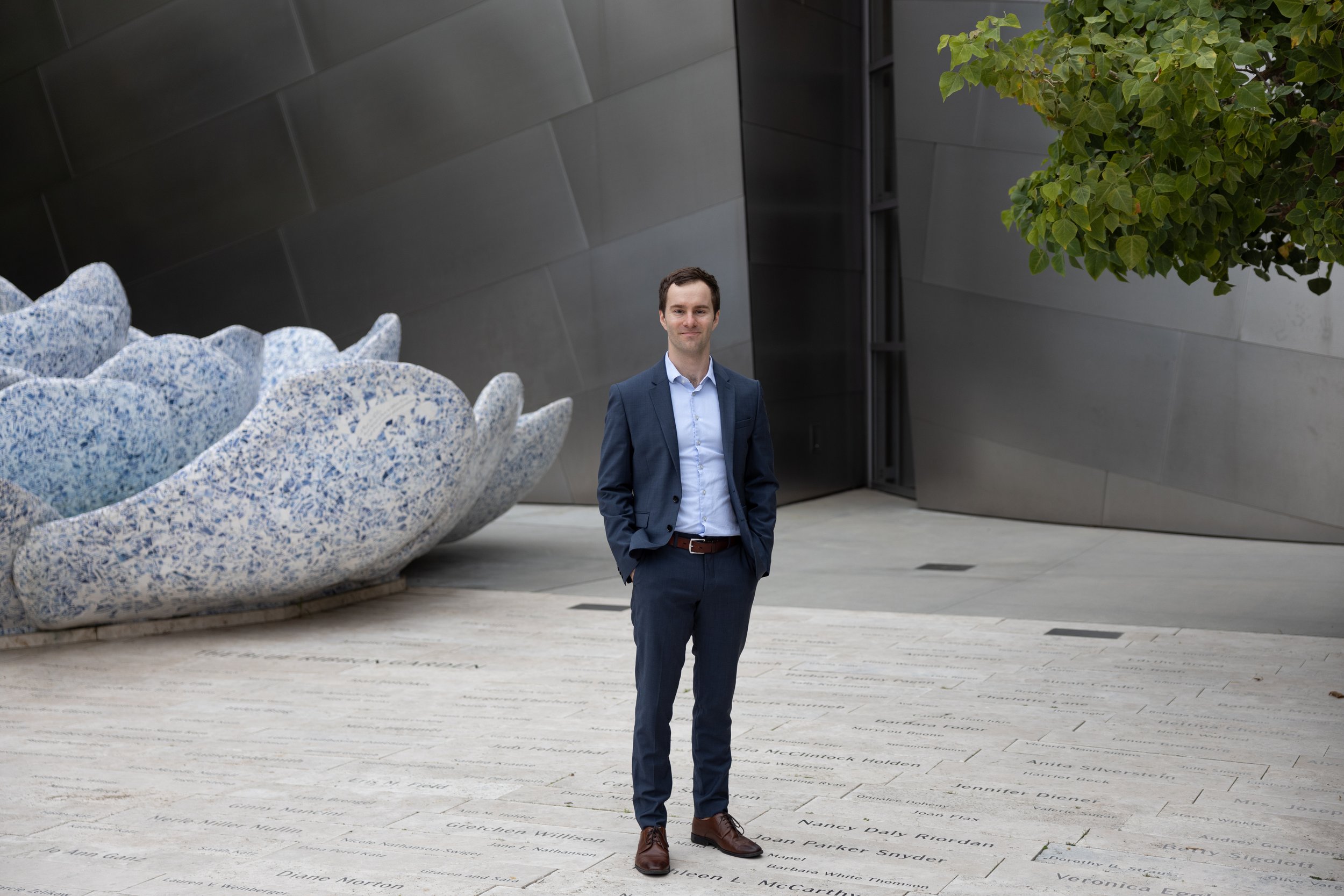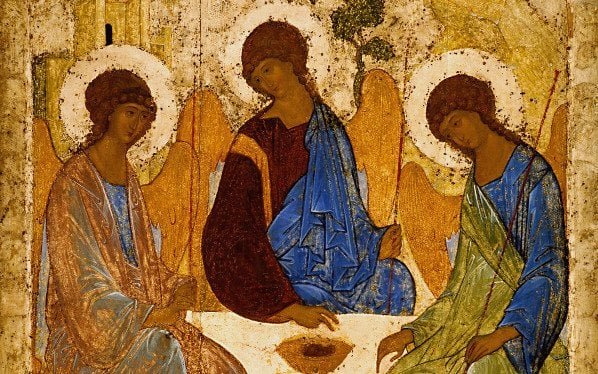I’ve been appointed Interim Director of Music at Holy Trinity Episcopal Church in Covina, CA
I’m pleased to share that effective January 2022, I will serve Holy Trinity Episcopal Church in Covina, CA as Interim Director of Music.
Holy Trinity’s music program is steeped in the Anglican choral and organ tradition.
The Parish Choir rehearses weekly September through June and presents special music for Sunday morning Mass, Lessons & Carols, Holy Week and Easter, and services of Choral Evensong. The group is comprised of skilled volunteer and professional singers, and regularly presents repertoire spanning from Gregorian chant to the present day.
The organ is a 2-manual, 34-rank organ instrument. You can see the stoplist below and read more about it here.
-
16’ Bourdonbass
8’ Principal
8’ Bourdon
8’ Gross Flute
8’ Gemshorn
4’ Octave
4’ Nachthorn
2 ⅔’ Twelfth
2’ Fifteenth
III-IV Fourniture 1 ⅓
8’ Bassoon
4’ Recorder
-
8’ Diapason
8’ Stopt Diapason
8’ Salicional
8’ Voix Celeste TC
8’ Erzahlen II
4’ Principal
4’ Harmonic Flute
2’ Flageolet
II Cornet
III-IV Plein Jeu 2’
16’ Bassoon
8’ Trumpet
8’ Oboe
Tremulant
4’ Swell to Swell
-
32’ Resultant
16’ Contrabass
16’ Subbass
16’ Bourdonbass GT
8’ Octave
8’ Flute
4’ Choralbass
16’ Posaune
16’ Bassoon SW
8’ Tromba
4’ Oboe SW
A Brief History of Holy Trinity
Historic Holy Trinity Episcopal Church was formed in the living room of the founder of the City of Covina, J.S. Phillips, on Trinity Sunday in 1887. Mrs. Phillips and Mrs. B.F. Cook were instrumental in getting things started. The Rev. John D.H. Browne, who had resigned from All Saints’ Church, Pasadena, the year before because of ill health and was now residing in Pomona, began services in Glendora, Azusa, and Covina; finally confining his work, as far as the Sunday services were concerned, to Covina.
In 1891 General Houghlin, of San Francisco, gave two lots on which to build a church, and a small building was erected that same year. A few Sundays after it had been consecrated by Bishop Nichols, a tremendous and unusual windstorm from the north broke over the valley, and the church was blown down and completely destroyed. Nothing daunted, the congregation in a few months built another and a better building at a cost of about $1300; friends in San Francisco aiding the people of Covina with the Good work.
In 1906 the Mission was organized as a parish, and Fr. Alfred Fletcher was elected first rector. In 1908, under the urgency of the rector’s wife, a canvass was begun for funds to build the present church and in December of 1910 the cornerstone of the present building was laid with appropriate services by Bp. Johnson; the architect being Mr. A.B. Benton of Los Angeles. Benton is perhaps best known as the architect of the Mission Inn in Riverside. The design of the present church was inspired by sketches the rector made of various parish churches while traveling through the English countryside. The architecture also combines elements of the Gothic Revival and American Craftsman movements.











In the journey of entrepreneurship, there are countless myths that can cloud our judgment and hinder our progress. One such myth is the belief that success as a business owner is solely dependent on hard work and passion. However, in "The E-Myth Revisited" by Michael E. Gerber, this myth is debunked, offering invaluable insights into building a successful business.